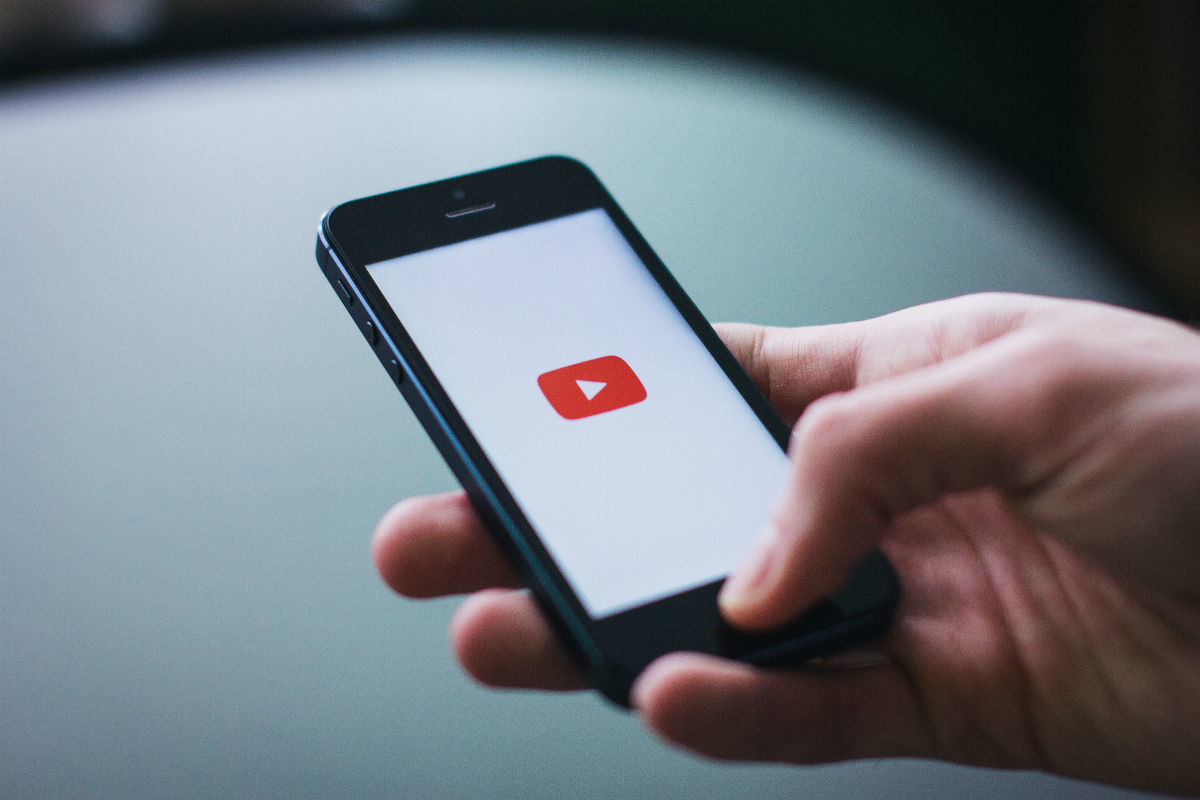With the explosion of new apps that have been ushered in with our movement towards the use of mobile devices over desktop and laptop computers, so has the way in which these apps, the content they include, and their branding become a new topic for intellectual property experts.
More and more new and exciting apps are being developed, and even locally, intellectual property professionals like Domenica Hartman from Hartman Global Intellectual Property Law are encountering innovators with big ideas who think more about getting their app out into the hands of users as opposed to protecting their idea before it’s made available to the public.
“I help out at the Purdue Northwest Commercialization and Manufacturing Excellence Center in Hammond and I go in there once a month to provide IP (intellectual property) consultation to clients and students,” said Hartman. “Every month I have at least one new person say, ‘I have a new app!’”
In Hartman’s world, new and innovative ideas like app’s for mobile devices represents a new front in the realm of patent, copyright and trademark protections.
“The laws have changed relatively recently,” Hartman described. “The ability to obtain a business method patent has become very difficult. The threshold for patentability of business method patents is very high and basically it boils down to the fact that, yes, your app might be doing something unique or desired, but if it’s merely taking input and manipulating that input to come up with some other output, no matter how neat and desirable, you’re probably not going to be able to patent that app.”
By simply manipulating some bit of information or without some kind of new and non-obvious change of that data, it’s doubtful that the idea will be patentable.
“A great number of the creative nuggets that we’ve seen in the last year comes with some questions or comments about an app accompanying the invention,” Hartman said. “Patentability is difficult to achieve so the trademark and the branding, and also the copyright, of these apps is incredibly important for inventors to consider.”
“That branding and protecting the name, the logo, the design and the color scheme is huge. Copyright is going to cover the code associated with the app and the look of the screen, and the graphics, which protecting that is as vital as protecting the function and the purpose of the app itself.”
As mobile technology has grown, been refined and applied to an incredible array of industries and sectors of our world, so has the way we use communication devices. From manufacturing to medical, making systems smarter and more communicative has greatly impacted the ability for ideas to breakthrough into sectors not initially considered during the creation and implementation of the application.
“Look at the amount of information that your Fitbit puts into your phone!” Hartman said. “It really speaks to how our society not only hopes for nowadays, but expects that immediacy. I definitely see an explosion of apps and, more and more, their use expands outside of the initial box which we put some of these apps into.”
“Whether it’s the medical environment, manufacturing, education, or home security, apps are dominating the conversation, and there’s incredible innovation right here in the region,” Hartman concluded. “It’s exciting to see where that creativity is going to lead us.”
If you’re an inventor, an entrepreneur, or you’ve got the next great idea or app, visit: http://www.hartmanglobal-ip.com/ to find out how you can protect your creation!
